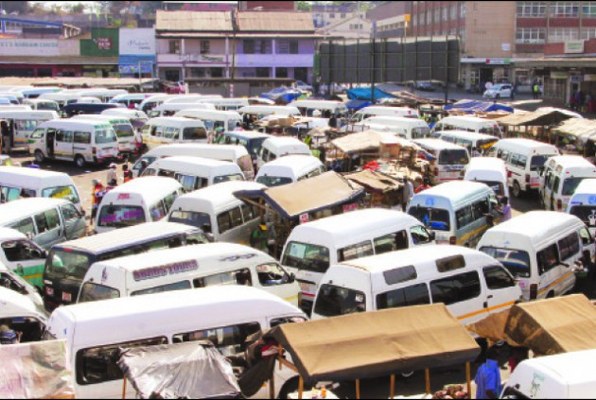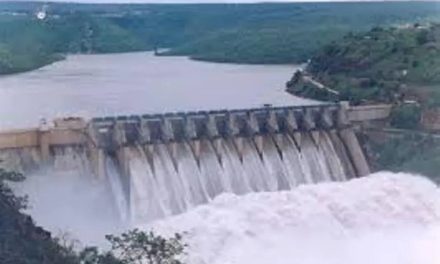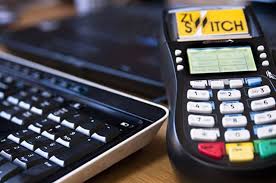According to reports in ZimEye transport operators have started to make a push towards dollarisation. With fuel distributors being given the partial green light to sell in US dollars the transport operators now say they can only pass on the cost to consumers. Local trips in Harare attract a fare of US50 cents while trips between Harare and Chitungwiza are rated at US$1. This is the same price that was charged during the multicurrency era.
Operators are understood to be requesting the equivalent in Zimbabwean dollars for commuters to travel. As I went to great lengths to explain in commentary about the fuel situation, fuel retailers would naturally have a bias to sell fuel for US dollars. This is a knock-on effect of that decision. People have to travel and transporters have taken it upon themself to provide transport. The fuel that is available is being sold for US dollars.
While Reserve bank governor John Mangudya wants us to believe the nation is on course to dollarise, the events unfolding read differently. Harken back to the economic crisis of the 2000s and the economy gradually dollarised with the government being the final party to accept and adapt in February 2009. Fuel was one of, if not the first item to be greenlit to be sold for US dollars. Transport followed suit.
The RBZ’s cryptic midnight message that hinted at empowering bureaux de change did not shed light on what is coming but only that something surely is coming. It would seem that once again the government is behind the curve as those in business have reacted quickly to their moves. ZUPCO continues to reveal more and more buses however it is nowhere near enough. The subsidised transport provider must surely be costing the government a lot of money.
The government’s expensive fuel subsidy system that provides foreign currency to fuel operators at a favourable rate has not addressed the fuel situation with shortages and black market diversion being the order of the day.








